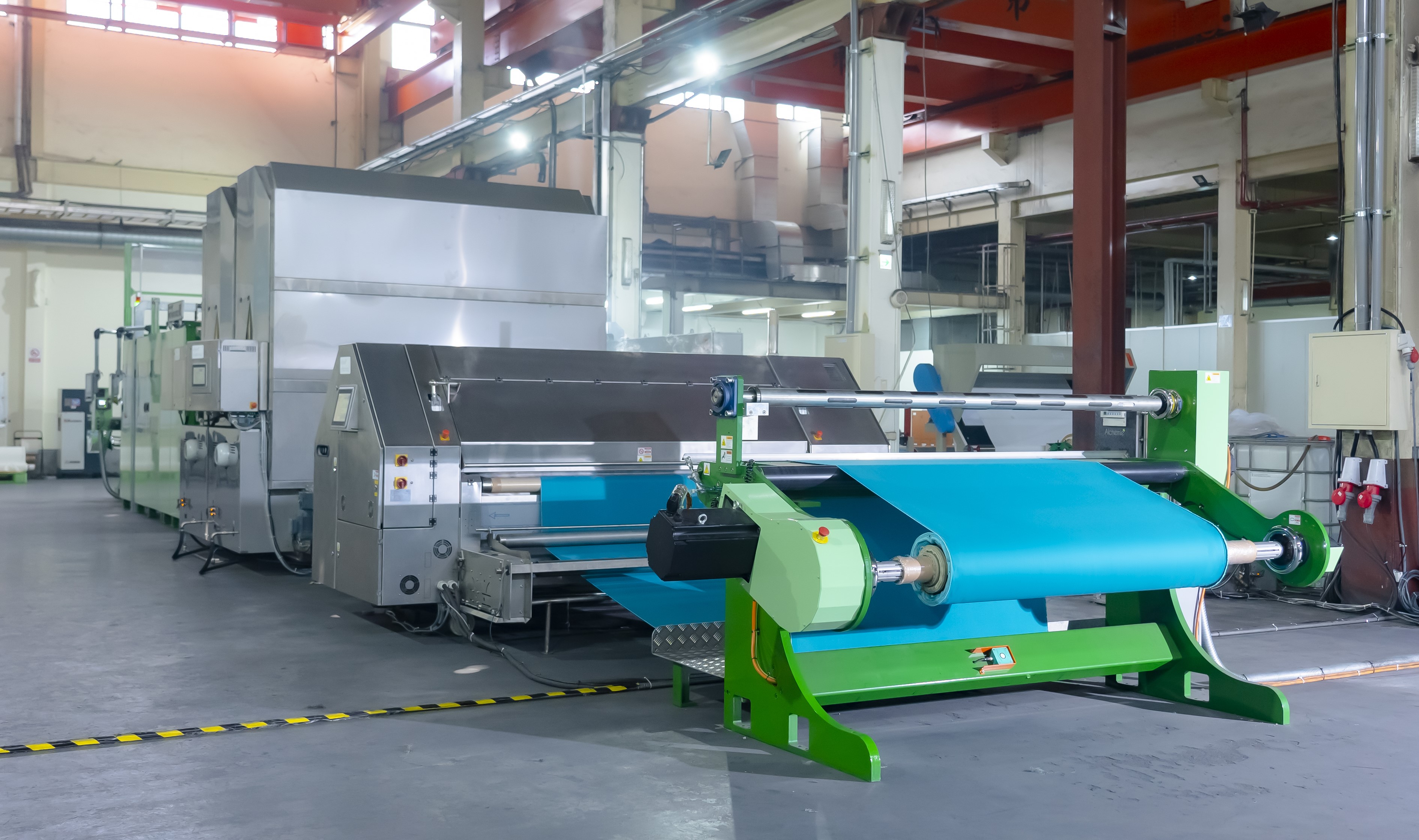Alchemie’s low carbon Endeavour dyeing process delivers significant sustainability benefits when compared with traditional dyeing processes. It facilitates the transition from wet dyeing to dry processing, resulting in a substantial reduction of up to 85% in carbon emissions and a decrease in waste water of up to 95%. The unveiling of the demonstration and production hub in Taiwan comes after a decade of technology development and is a major step forward in Alchemie’s mission to eradicate pollution from textile dyeing and finishing processes.
The textile industry carries a considerable environmental burden: without intervention, projections indicate that emissions could soar to 2.5 gigatons by 2050 under current practices, posing a grave threat to climate stability. To mitigate this risk and keep global warming below the critical threshold of 1.5°C, achieving net-zero emissions around 2050 is imperative. Additionally, as the world's second-largest producer of industrial waste water discharge, the textile sector directly impacts millions of individuals worldwide. This underscores the urgent need for sustainable practices and regulatory measures within the industry.
Alchemie’s brand-new Taiwan facility focuses on polyester woven fabrics and serves as a pivotal step in Alchemie’s ambitious 2024 roadmap, which includes the development of in-market production solutions for cotton woven and knits, as well as polyester with elastane. Alchemie’s Endeavour low carbon digital dyeing production is a true end-to-end process solution: from virgin fabric intake to fully fixed and softened fabric colouration output, the Endeavour process ensures seamless digital dyeing, delivering high-quality results at every stage of production.
A traditional jet exhaust dyeing process uses large volumes of hot water, at temperatures of up to 135 degrees, for both dyeing and washing, requiring large amounts of energy generated by burning fossil fuels to create steam. At the core of Alchemie’s dry dyeing technology lies its patented digitally controlled piezoelectric nozzle, providing unparalleled precision: it achieves 100-micro registration of 1.2 billion drops per linear meter of dyed fabric, ensuring the highest level of accuracy.

